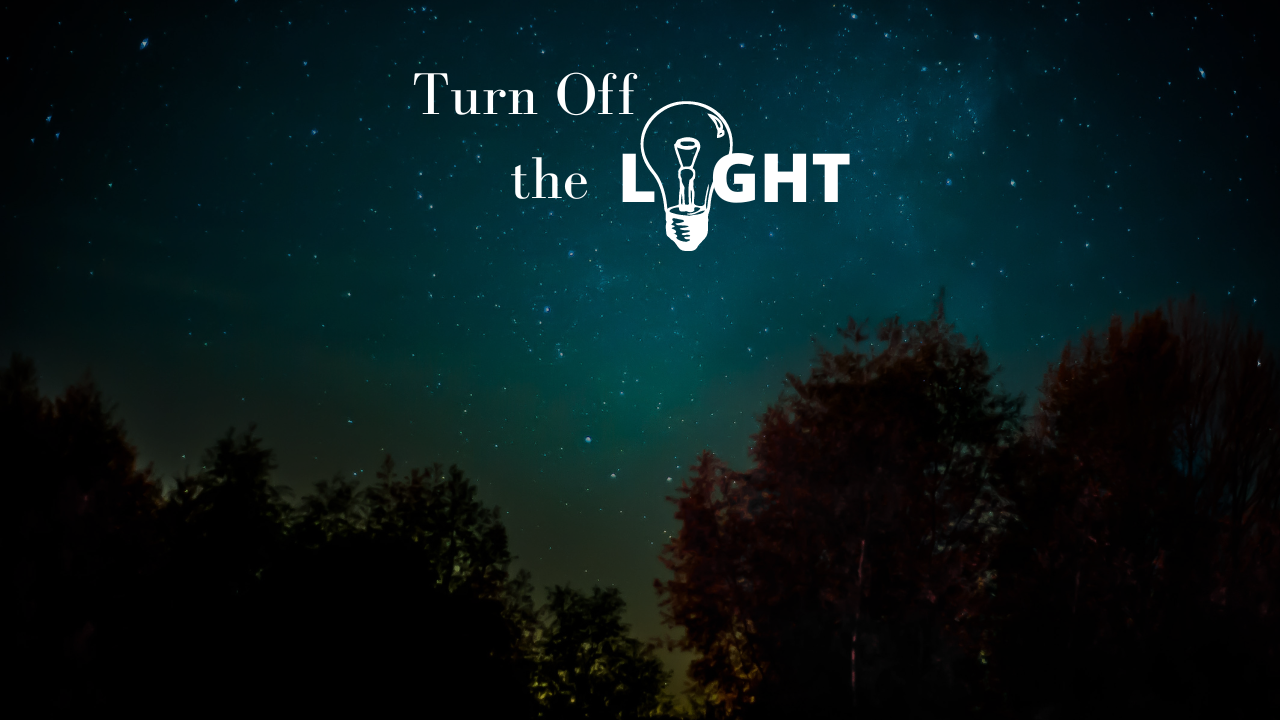Use Light Exposure to Hack Your Sleep Cycle and Alertness

Light is THE most important information for our bodies to determine wakefulness and sleep quality. Light exposure feeds our cells the data that controls our circadian rhythm, or sleep-wake cycle. By avoiding and allowing light exposure at specific times of the day, we can manage the quality of sleep we achieve, our level of wakefulness and alertness in the day, and support our natural body rhythms!
How does this work? Here is a glimpse into the intricate and brilliantly designed mechanisms involved! It begins with the eyes. The suprachiasmatic nucleus contains neurons, located in the back of the eye, which function in tandem with our internal body clock. When we are exposed to light, especially blue light or sunlight, these neurons signal a cascade that promotes alertness. Part of this cascade involves releasing cortisol, a stress hormone, which should peak in the morning to get us going for the day. Another major facet of this biological mechanism is the control of melatonin, the hormone responsible for sleepiness in the evening. Melatonin will not only help us fall asleep but promotes deep-quality rest. A third and important point to mention is the role of light exposure in dopamine production. Dopamine is known as the neurotransmitter that encourages forward movement, motivation, and drive. Light exposure of any wavelength encourages dopamine production, which will also allow us to feel more motivated and possibly increase productivity during the day!
Knowing this information, how can we use light exposure to hack our sleep and boost alertness during the day? The most important step is to view BRIGHT sunlight every morning upon waking, aiming for about 10 minutes. Even if it is a cloudy day, the natural sun rays will be sufficient! Also, use bright overhead lights in the morning to promote wakefulness. (Important Disclaimer: Please do NOT look directly at sunlight especially if you are noticing eye discomfort, as direct sun exposure in the eye can burn retinas). Bright light exposure upon waking will not only promote wakefulness but will set the cycle of suppression and release of melatonin. This ensures that melatonin production will be released at a proper time in order to have an easier time falling asleep at a reasonable hour (ideally by 10 PM). It is ideal to have light exposure as the sun is rising, but this might not be doable. As long as you allow a few minutes of light first thing upon waking, you will benefit your circadian rhythm greatly.
Now that we know how to improve wakefulness, we have to know how to improve our sleep pattern. Blue light, sunlight, and any light exposure trigger the activation of this wakefulness process, which is why it is so important to avoid blue light exposure in the evening, that is light sources from electronic devices and screens. As backward as it seems, the neurons in our eyes that respond to light exposure and set off a cascade promoting alertness and melatonin suppression, are even MORE sensitive in the evening than in the morning/daytime. Therefore, this provides an even greater motivation to avoid blue light and screen time in the evenings, as our biological mechanisms drive us to do so. It actually takes quite a bit of light exposure in the morning to optimize wakefulness, which is why we should not be using blue-light blocking glasses in the morning if our goal is to promote sleep. Knowing this information, we can improve our sleep by using bright lights in the AM and dimming all lights in the PM while also limiting electronics, and use blue light blockers. Although melatonin secretion may be blocked by bright lights in the evenings, there is one interesting loophole that we can take advantage of. That is watching the sunset. Watching the sun as it sets will actually circumvent the processes that block melatonin and allow its production!
Another important point to mention is that our bodies respond to light exposure even if we are not directly viewing light with our eyes. This means if you fall asleep with the T.V. on, have a beaming street light perfectly placed in direct view of your window, or other glowing gadgets in your room, this may be disrupting your sleep and other neurotransmitters. Using black out curtains, in your bedroom, reading vs. watching T.V. before bed, and unplugging electronic devices, are helpful tips to support deeper, quality sleep. We have to be extra cautious about avoiding bright lights 11 PM- 4 AM as this may lead to downstream effects related to a disruption in dopamine pathways. Because dopamine plays a role in motivation, mood, and sleep, we have great reason to optimize our dopamine and improve our sleep hygiene!
In short, we can look to the sun and its natural daily patterns, to improve our internal body clock. In order to maintain a healthy circadian rhythm, it is crucial to get sufficient light exposure during the day and avoid blue light, and all bright light at night. How amazing is it that we can take simple steps to honor our natural body rhythms through the use of managing light?
To learn more about mastering your sleep quality and other lifestyle habits, contact TCLM for educational resources, community support, coaching, and group visits. We would love for you to be a part of the tribe
Resources:
“Master Your Sleep & Be More Alert When Awake | Huberman Lab Podcast #2.” YouTube, YouTube, 11 Jan. 2021, https://www.youtube.com/watch?v=nm1TxQj9IsQ.
Musiek, Fred S. “The Circadian Clocks and Light.” Medscape, 11 Jan. 2021, https://www.medscape.com/viewarticle/829388_2.
Parry, Ben and Kevin Hsu, eds. Light: The Visible and Invisible
Bedrosian, T A, and R J Nelson. “Timing of Light Exposure Affects Mood and Brain Circuits.” Translational Psychiatry, U.S. National Library of Medicine, 31 Jan. 2017, https://www.ncbi.nlm.nih.gov/pmc/articles/PMC5299389/.
